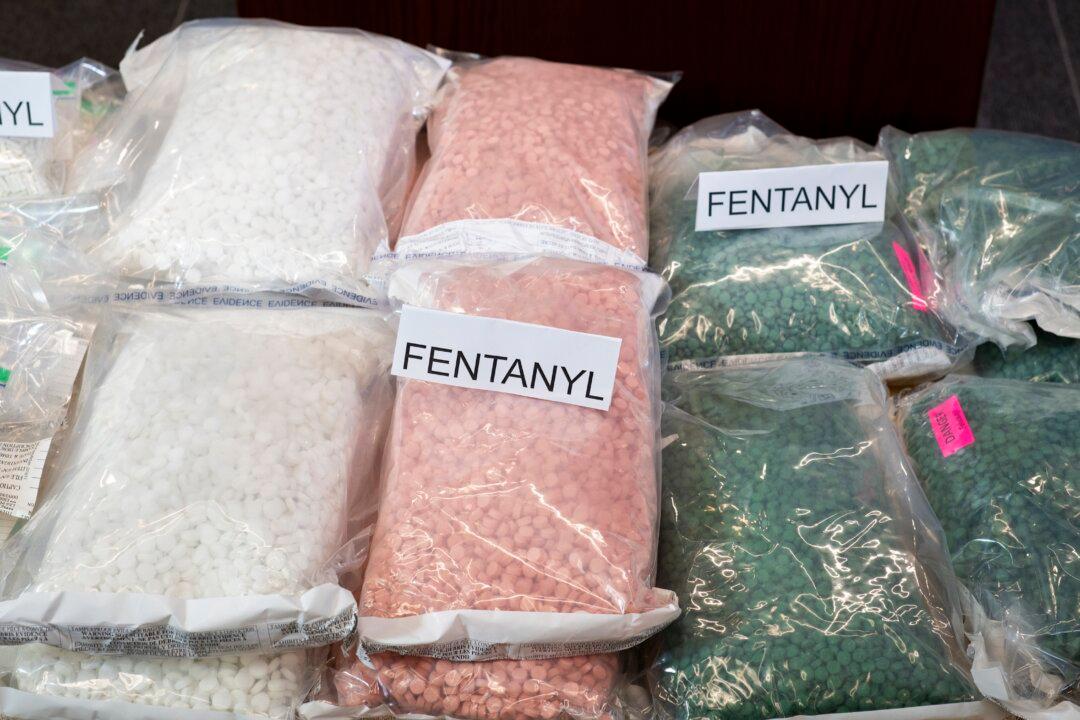Canadian organized crime groups are increasingly involved in the manufacturing and trafficking of fentanyl as the cocaine market has become more saturated, according to a federal policing organization.
The Criminal Intelligence Service Canada (CISC) released its public report for 2024, which outlines the criminal landscape in the country while providing details on the growing fentanyl problem.





